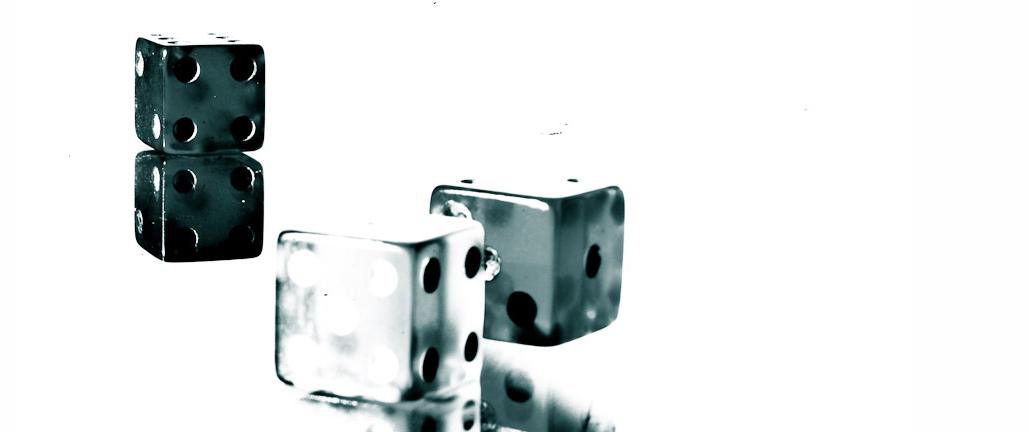New Scientist
Image: Steve A Johnson
The dice used by gamers and gamblers in northern Europe became much more fair about 600 years ago. What’s more, the pattern on the faces changed, and these trends together might reflect people’s growing awareness that bets were decided by chance, not by the gods – even though probability theory was centuries away.
Dice often turn up in archaeological digs, but are rarely studied systematically. Now Jelmer Eerkens at the University of California Davis and Alex de Voogt at the American University of Natural History in New York have examined 110 dice from sites in the Netherlands.
Modern gamers wouldn’t like the earliest, Roman-era dice, some of which are 2000 years old. About 90 per cent are asymmetrical and wouldn’t roll randomly. Only from about AD 1450 were most dice more or less symmetrical.
Medieval Europeans may have been increasingly aware of the importance of chance. “People in Roman times could make symmetrical dice, and they often did,” says Eerkens. “But there are a much higher percentage of non-symmetrical dice in the Roman period. That may mean that players in Roman times thought that other forces were mostly at work in determining the outcome of a roll.” If the gods controlled the roll, why worry about unfair dice?
However, by the 15th century, gamers evidently demanded symmetrical dice. Read more on newscientist.com…








